Regardless, proportional taxes are considered a model of fairness in the world of taxation, but they remain the key to fiscal planning.
A taxpayer, a policy maker, or anyone interested in economics should be aware of proportional taxes as it is a fundamental element of how the world’s financial systems attempt to balance revenue collection with equity.
In this blog post, proportional taxes will be explained in all their characteristics, including the principles of their functioning, their advantages and disadvantages, as well as a comparison with other types of taxes.
Also, I will show how proportional taxation is in line with the overall goals of fiscal management. At the end of this collection, you will have clarity about how this tax system affects overall economic structures and different people.
Are you interested in how proportional taxes affect financial conditions? Now let’s get closer to this interesting topic and reveal the processes that lead to financial equity.
- What is the Proportional Tax?
- What are the Key Features of Proportional Tax?
- How Proportional Tax Works?
- What are the Advantages of Proportional Taxes?
- What are the Disadvantages of Proportional Taxes?
- What is the Difference Between Proportional Tax and Progressive Tax?
- What are the Proportional Taxes Examples?
- What are the Examples of Proportional Tax Systems?
- What are the Economic Implications of Proportional Tax?
- What are the Challenges and Criticisms of Proportional Tax?
- What are the Alternatives to Proportional Taxes?
- In Conclusion
- FAQs
What is the Proportional Tax?
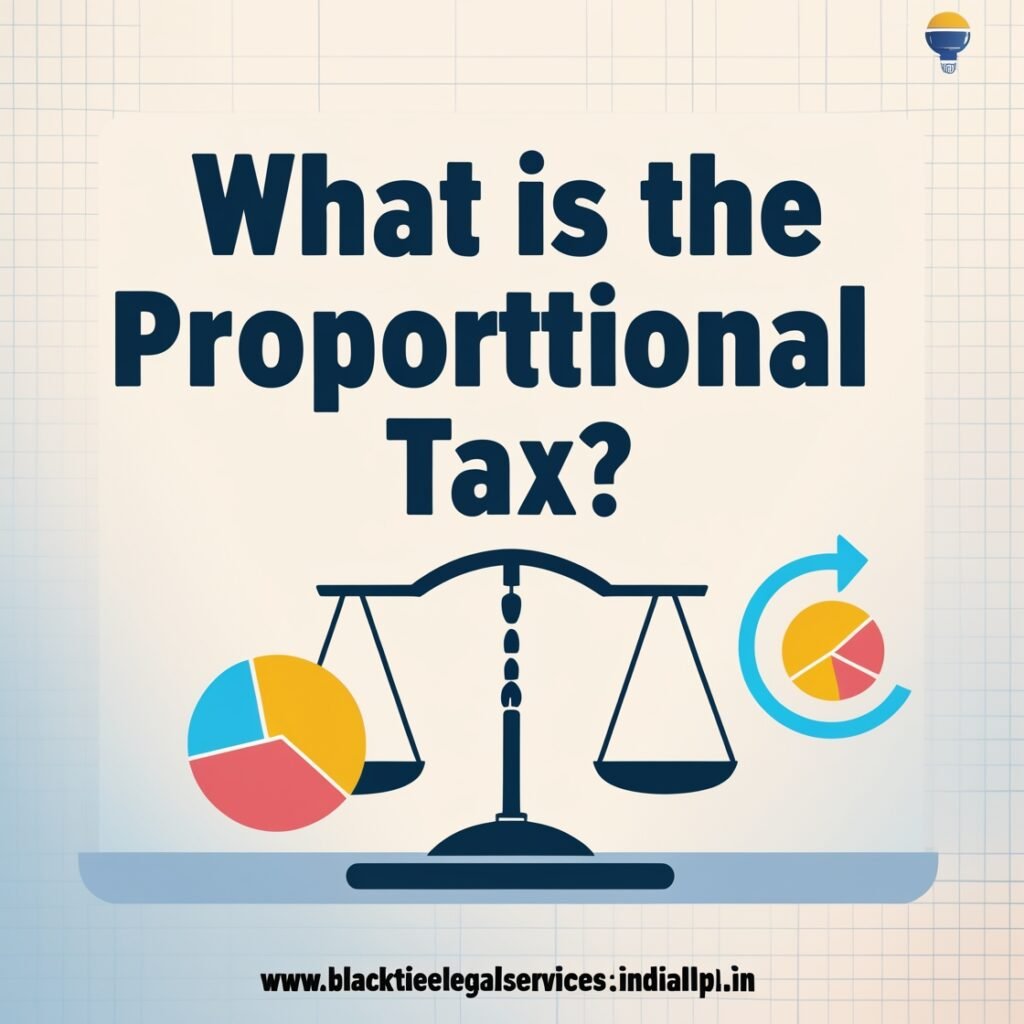
Proportional taxation refers to taxation in which the tax rate is constant and in which each person contributes the same percentage of the amount of their income.
This means that whether the income threshold is $10000 or $1000000, this percentage is paid as a tax of 10% for example.
For example:
- Using this we find that a person earning $50,000 a year under a tax rate of 10% pays $5,000.
- Yet another person earning $200,000 under the same tax rate contributes $20,000.
This is a simple model to implement as it has a standard rate of allowance for each stage.
What are the Key Features of Proportional Tax?
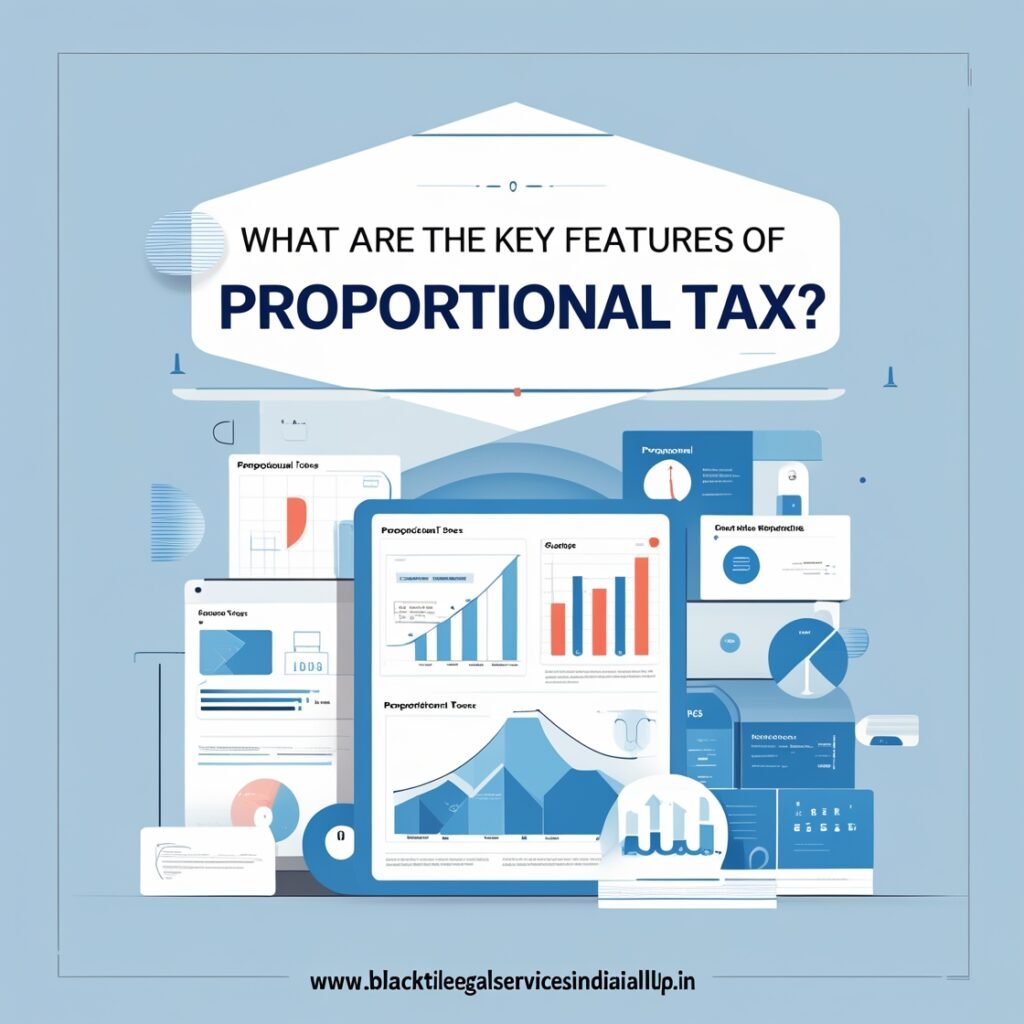
Here are some key features of proportional taxes:
- Fixed Tax Rate: The principle of proportional taxes are based on a fixed ratio that will be applied by taxpayers when comparing each other.
- Simplicity: The absence of possible cost adjustments makes it very simple and straightforward for taxpayers as well as administrators to work with.
- No Income Brackets: Unlike the functioning of progressive tax systems, proportional taxes does not consider dividing income into brackets.
- Neutrality: The system is simple and its application does not depend in any way on the income of the individuals who are being taxed.
- Economic Implications: Its aim is to establish a taxation system that is free from negative effects and which discourages growth in income generation.
How Proportional Tax Works?
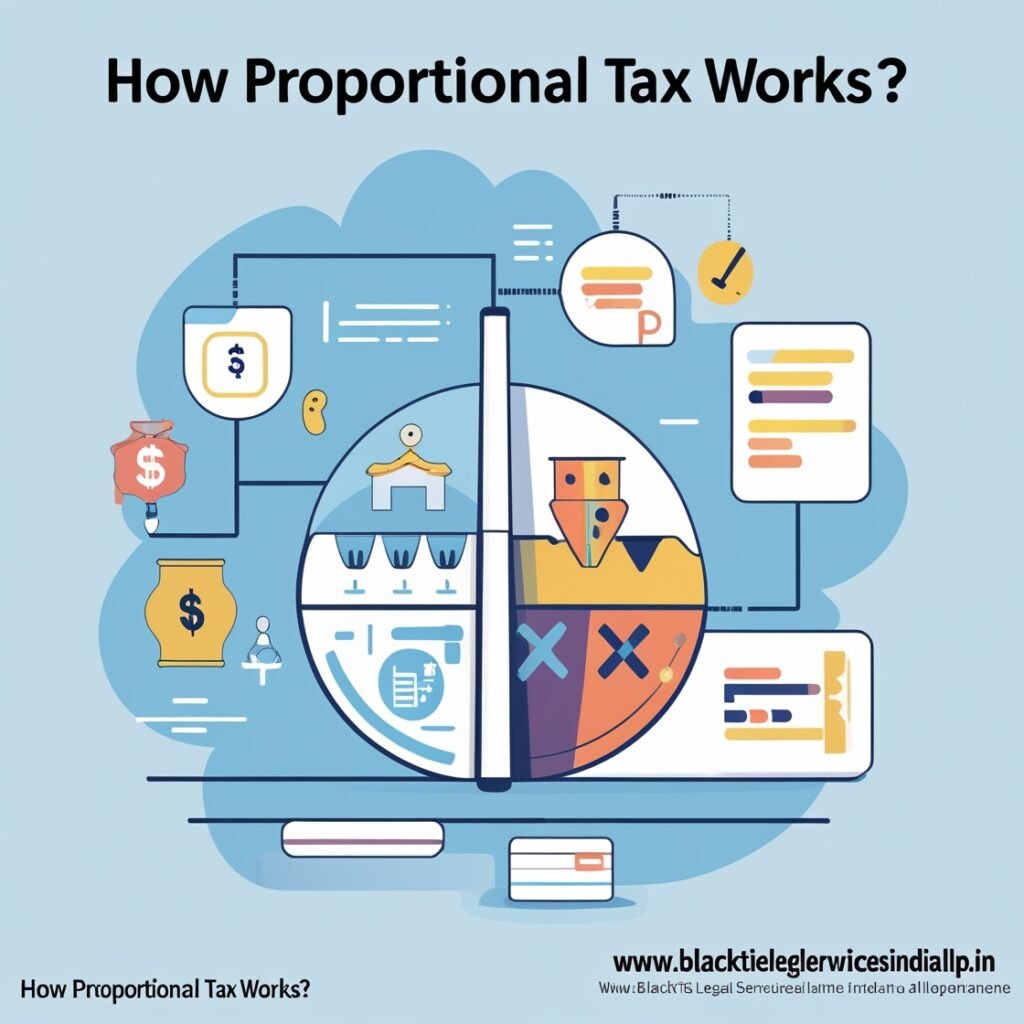
Here are the ways of proportional taxes works:
- Tax Rate Determination: All taxes are collected at the same rate depending on the respective government. For example, 15% can be provided for all income groups.
- Income Assessment: Considering that it is related to taxation, taxable income is determined for individuals, companies, or any eligible entity.
- Tax Calculation: In Brazil, the tax payable can be determined by the method of multiplying the income by a certain rate.
For example:
- Taxable Income: $100,000
- Tax Rate: 15%
- Tax Payable: $100,000 × 0.15 = $15,000
This process remains consistent across different income levels.
What are the Advantages of Proportional Taxes?

Here are the advantages of proportional taxes:
- Simplicity:
- The tax structure is easy to understand and implement.
- It is simple for taxpayers to estimate the amount of such taxes within their tax responsibilities without involving complex accounting or legal ones.
- Fairness in Treatment:
- Everyone contributes a certain percentage of their income, thereby eliminating bias.
- Encouragement for Earning More:
- People with higher incomes do not pay higher taxes, this can promote efficiency and creativity.
- Administrative Efficiency:
- Formalization of payments that used to be difficult to collect earlier, resulting in reduced compliance costs for governments.
- Economic Neutrality:
- It reduces the difference in economic decision-making as all individuals are taxed equally.
What are the Disadvantages of Proportional Taxes?
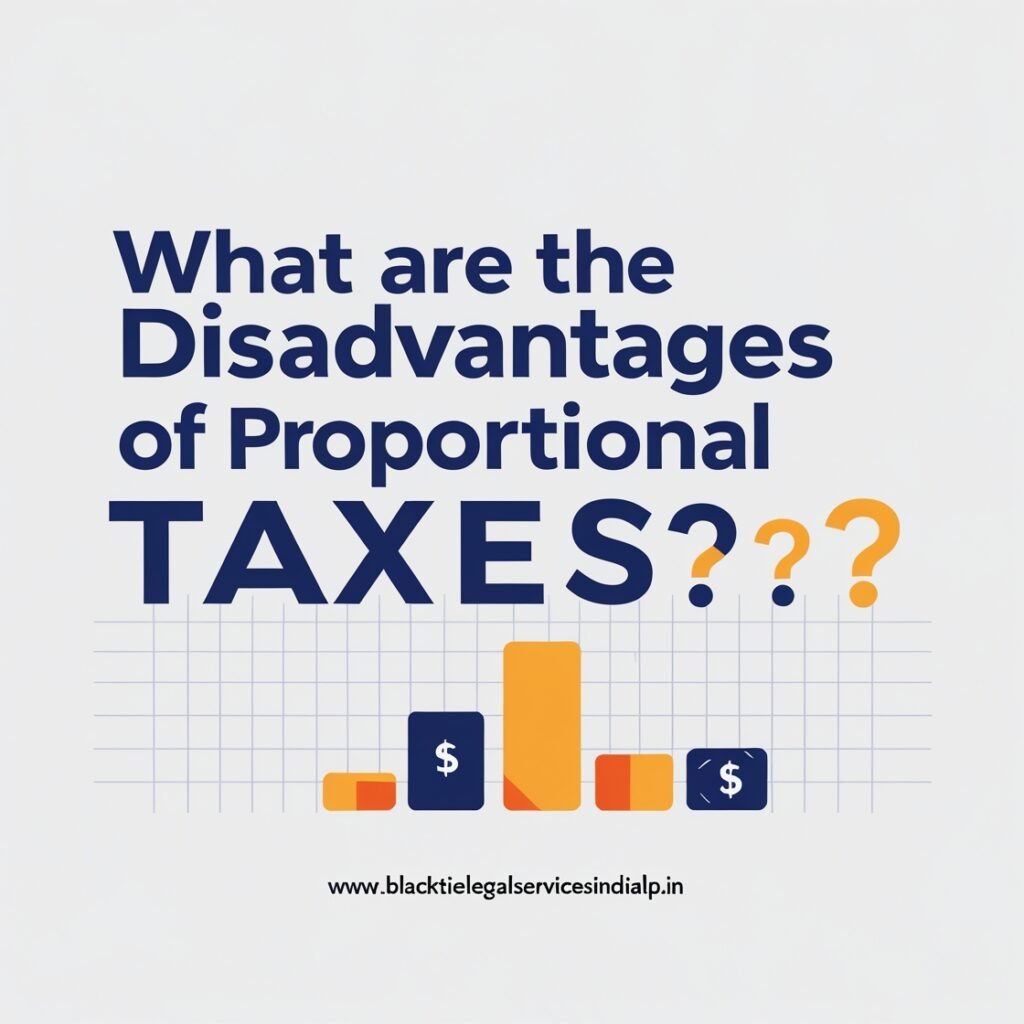
Here are all the disadvantages of proportional taxes:
- Regressive Impact on Low-Income Groups:
- Even though it may not fluctuate much, it also means that the lower income groups of the population will be more burdened, as the latter have less disposable income.
- Lack of Progressivity:
- The tax has no progressive element and may be more burdensome for those who are able to pay more, further increasing inequality.
- Limited Revenue Generation:
- Unlike progressive taxes, proportional taxes are likely to be regressive in terms of the amount collected from higher-income earners.
- Social Concerns:
- Opponents say it fails to take into account the obligation of higher-income earners to pay a higher bill on average for public benefits.
What is the Difference Between Proportional Tax and Progressive Tax?
Here we show the clear difference between proportional taxes and progressive tax:
Proportional Tax vs. Progressive Tax
| Feature | Proportional Tax | Progressive Tax |
|---|---|---|
| Tax Rate | Fixed | Increases with income |
| Equity | Equal treatment for all | Higher earners pay more |
| Complexity | Simple | Complex |
| Economic Incentives | Encourages productivity | May disincentivize earning more |
| Impact on Revenue | Lower from high earners | Higher from high earners |
What are the Proportional Taxes Examples?
Both Sunil and Anil agreed to buy the same model of bike. For a man named Sunil who works in a simple accounting position, this was no small purchase at home but was actually something he had been saving for and hence was financially important to him.
Here’s a comparison of the cost of the bike for both:
| Details | Sunil | Anil |
|---|---|---|
| Ex-showroom price | ₹1,79,700 | ₹1,79,700 |
| Loan taken on EMI (90%) | ₹1,61,730 | – |
| Initial payment | ₹17,970 | ₹1,79,700 |
| Loan processing fee | ₹3,882 | – |
| Lifetime vehicle tax | ₹32,346 | ₹32,346 |
| First EMI | ₹5,177 | – |
| Total initial outflow | ₹59,375 | ₹2,12,046 |
| GST @ 18% | ₹27,412 | ₹27,412 |
| Lifetime tax | ₹32,346 | ₹32,346 |
| Total tax paid | ₹59,758 | ₹59,758 |
| Income per annum | ₹6,00,000 | ₹60,00,000 |
| Tax as % of income | 9.96% | 0.996% |
Other highlights we observed from the case are that Ravi had to think twice about buying the bike as his income was less than Anil, a businessman, who considered the cost of the motorcycle negligible for his earnings.
Although Sunil decided to buy on an EMI basis, Anil had enough money to pay the initial full amount for the bike.
If you also want to get a complete guide of proportional tax examples then you can get this easily by just clicking here.
What are the Examples of Proportional Tax Systems?
Here are the examples of a proportional tax system:
- Estonia:
- Estonia has adopted a flat tax rate system since the 1990s, which has had a positive effect on the economy and business.
- Latvia:
- Latvia’s personal income tax structure is also flat-based to reduce administrative burden and attract businesses, as is Estonia.
- Russia:
- A flat tax of 13% was often imposed in 2001, leading to tax compliance and more revenue.
- Hong Kong:
- Hong Kong is one of the most famous cities that uses a flat tax rate for salaries and profits.
What are the Economic Implications of Proportional Tax?
Here are all the economic implications of proportional tax:
- Economic Growth:
- As a result, proportional taxation can encourage investment, the establishment of new enterprises, and productivity because high-income earners are not taxed heavily.
- Tax Compliance:
- The idea of having a few major calculations and paying uniform rates contributes to increasing the level of compliance among taxpayers.
- Revenue Stability:
- However, as noted, the structure is basic and is not capable of generating as high revenues as progressive taxes during good years.
- Global Competitiveness:
- With little or no sequestration, the flat structure, which is locally acclaimed for its simplicity, and a standard bearer of efficiency, has attracted business entities and foreign direct investment.
What are the Challenges and Criticisms of Proportional Tax?
Here are all the Challenges and Criticisms of proportional tax:
- Equity Issues:
- According to critics, this system targets low-income people because the percentage represents a large portion of their income.
- Revenue Constraints:
- A single rate of tax can be a problem for governments, especially in terms of funding services such as health and education.
- Political Resistance:
- Switching from a progressive to a proportional tax system can face a lot of resistance from people who feel they are being treated unfairly.
- Implementation Costs:
- As for the cost and complexity part, despite being simple in concept, it requires an expensive transition process.
What are the Alternatives to Proportional Taxes?
Here are all the alternatives of proportional taxes:
- Progressive Tax:
- In the former, a higher percentage is paid, which means everyone pays according to their ability, thereby achieving fairness.
- Regressive Tax:
- For example, the indirect tax, sales tax is paid in proportion to the income and thus the higher income group is known to contribute a higher share than the lower income groups.
- Hybrid Models:
- People like the idea of the facilities provided by the proportional system but the fairness provided by the progressive system, hence, it is logical to adopt a mix of both.
In Conclusion
Proportional taxes are democratic, rational, convenient, visible, efficient, and free from the difficulties of trying to assess sections of the community.
Despite the drawbacks mentioned, the performance of proportions can enrich the processes of simplifying tax systems and furthering economic growth.
In this blogpost, the major advantages and disadvantages of Proportional Taxes will be discussed so that the audience can draw the necessary conclusions regarding their functioning and application in fiscal policies.
Are you ready to learn how proportional taxation affects the new future trends of financial systems? Broaden your knowledge about this amazing topic and continue the discussion on fair taxation!
FAQs
Q1. Is GST a proportional tax?
While GST is a value-added tax, it is multi-pronged and not exactly proportional either; instead, it is an indirect tax.
Q2. Is indirect tax proportional?
They can be proportional but more often they are according to the value, GST being an example of this which depends to some extent on the type of supply.
Q3. Is India a progressive or regressive tax system?
India primarily organizes its direct taxes progressively and, to a lesser extent, its indirect taxes are regressive.
Q4. Which tax is not under GST?
Improved taxes such as stamp duty, electricity charges, and property tax are not levied under GST.
Q5. Which country has a regressive tax system?
As evidenced by some developing countries, indirect taxes subject citizens to regressive taxes.
Q6. Which is the direct tax of India?
Direct taxes levied in India include income tax and corporate tax.

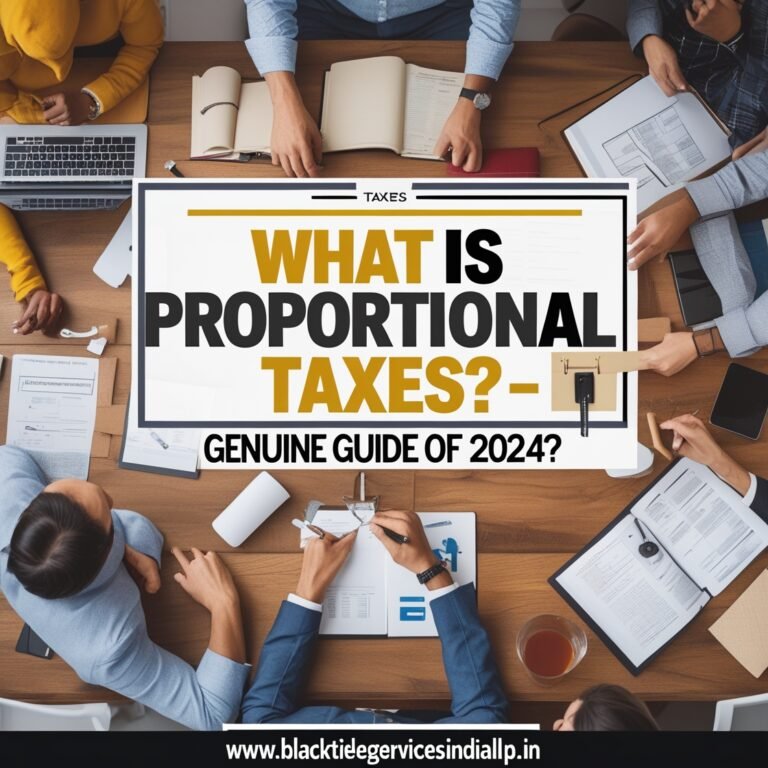
Add a Comment